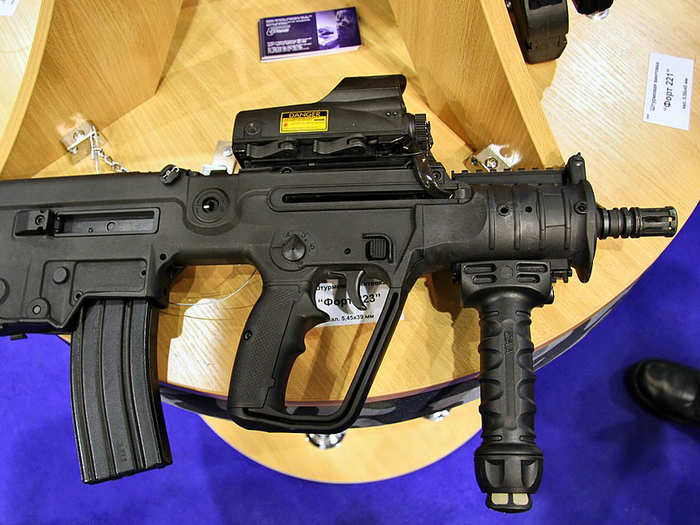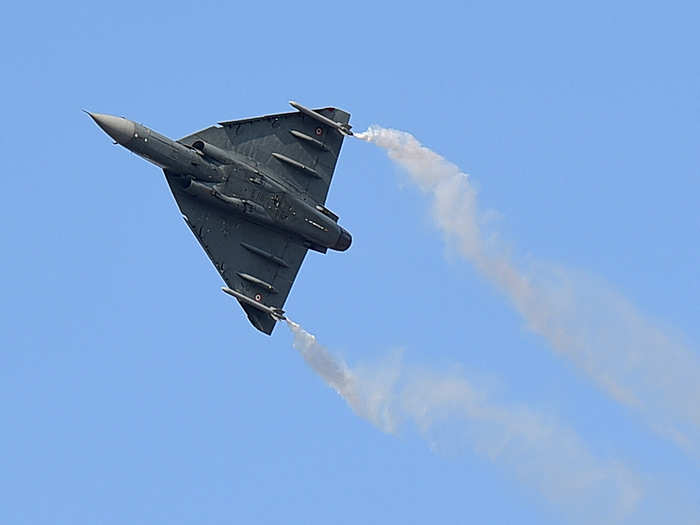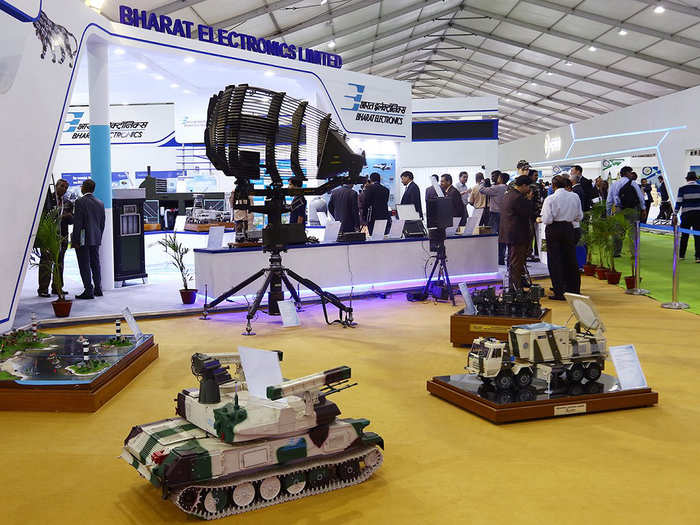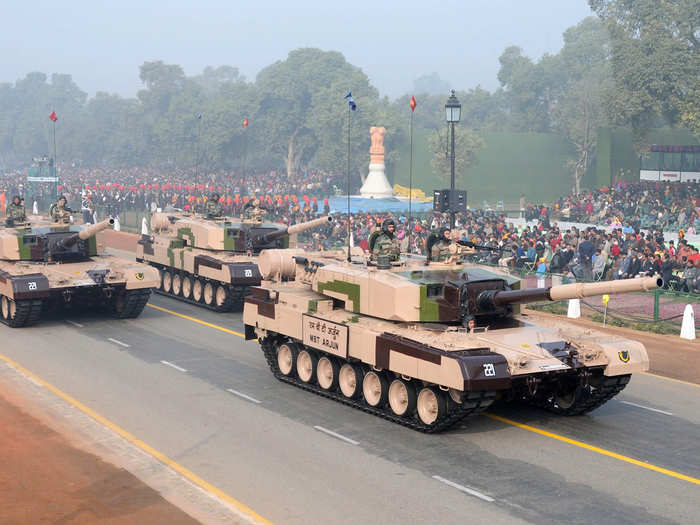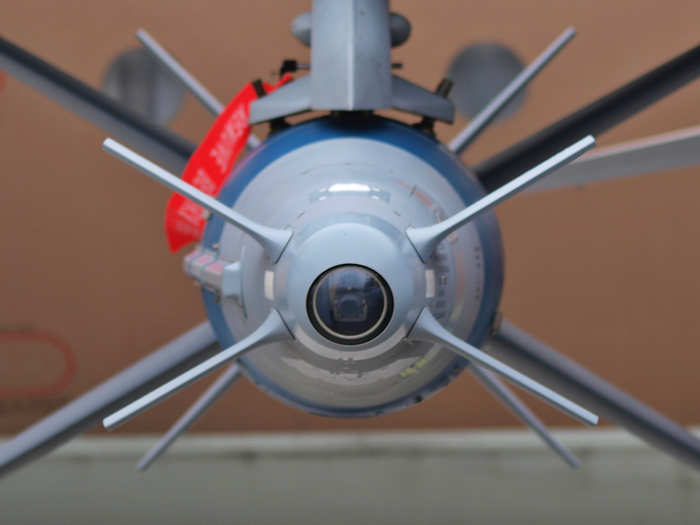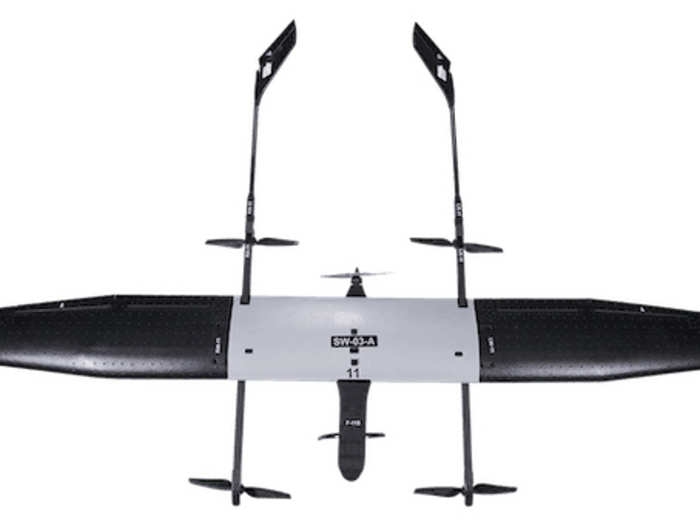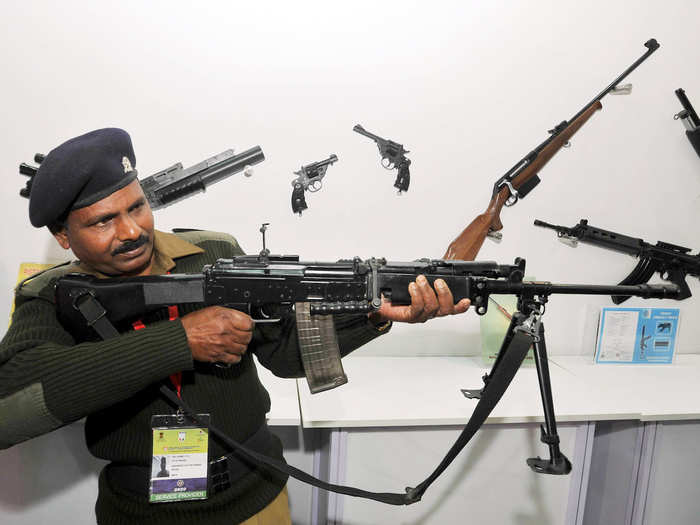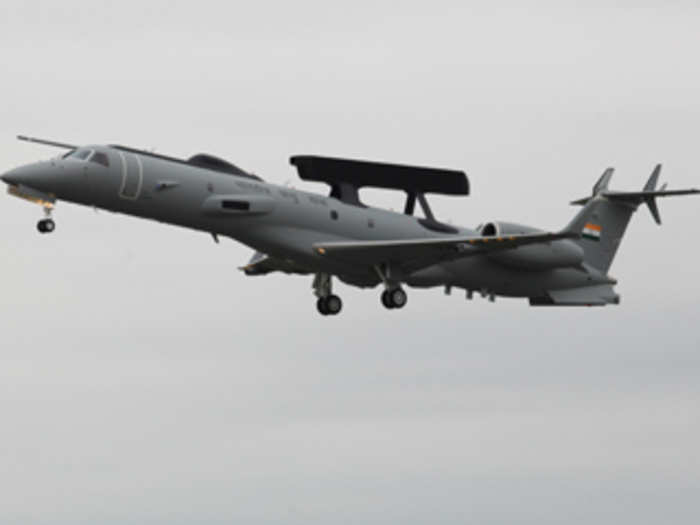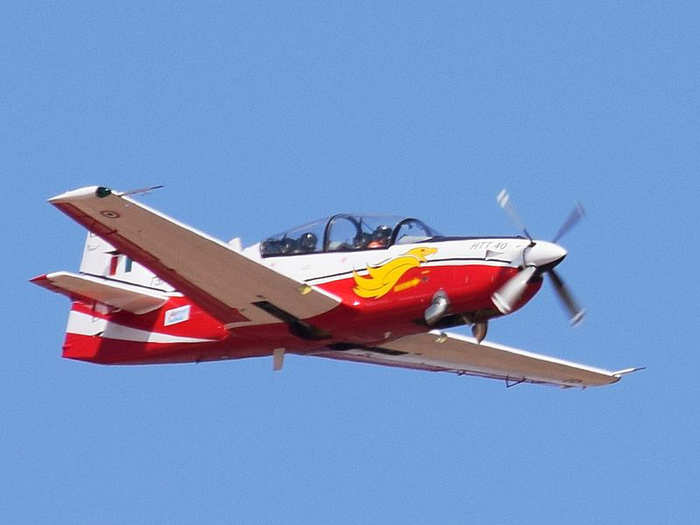Chief of Defence Staff Bipin Rawat with Chief of Naval Staff Admiral Karambir Singh during the valedictory function of the 13th edition of Aero India 2021, at Yelahanka air base in Bengaluru BCCL
- India is doubling down on the domestic manufacturing of defence equipment.
- The Modi administration has expressed its goal of wanting to turn India into a net exporter of defence items rather than be an importer.
- Here’s a list of 10 latest defence deals that show the trajectory of India’s defence procurement deals.
India is on the road to turning itself into an exporter of defence equipment rather than an importer. The Modi administration has made no secret of it. It included the defence sector under its umbrella of
Atma Nirbhar (self-reliance) schemes to boost the economy.
Some
experts believe that while the impetus on domestic defence manufacturing is certainly a move in the right direction, imports are generally of better quality than domestic products.
Only time will tell if India’s switch in strategy will bear fruit, but the wheels of roping in more Indian firms to help out the Indian Armed Forces is already in motion.
Here’s a list of the ten latest defence deals that India has signed in the last six months:
1. India-made Israeli Tavor X 95 rifles
IWI's Tavor X 95 rifle Wikimedia Commons
Until now, India got its Tavor X 95 rifles from the Israel Weapons Industry (IWI). Now, these guns are being made in India and being supplied to the central and state forces, according to The Print.
2. ₹48,000 crore deal with Hindustan Aeronautics Limited to procure 83 new Tejas light combat aircraft
Air Force's Tejas aircraft performs during the final day of the Aero India 2021 at Yelahanka air base in Bengaluru BCCL
On February 3, India’s Ministry of Defence awarded a ₹48,000 crore contract to Hindustan Aeronautics Limited to supply 83 light combat aircraft (LCA) Mk-1A jets — also called Tejas fighters — to the Indian Air Force.
The first Tejas LCA is scheduled to be delivered to the air force in three years. The rest will be supplied 2030.
Of these 83 new aircraft, 73 are Mk-1A fighter jets and 10 are LCA Mk-1 trainer aircraft.
3. Over ₹1,000 crore defence procurement contract with Bharat Electronics for modern radio systems
BEL's defense communication products BEL
The Indian Ministry of Defence signed a contract, worth over ₹1,000 crore, with Bharat Electronics Limited (BEL) for procuring Software Defined Radio Tactical (SDR-Tac) on February 8.
The design and development SDR-Tac is a joint venture between the Defence Research and Development Organisation’s (DRDO), Weapons and Electronics Systems Engineering Establishment (WESEE), BEL, Centre for Artificial Intelligence & Robotics (CAIR) and the Indian Navy.
The radio system itself is a four channel multi-mode, multi-band, 19 rack mountable, and ship borne design.
4. The Indian Army is going get 118 Arjun Mark-1A tanks worth ₹8,400
Arjun Mark-I tanks during India's Republic Day parade PIB
In December 2020, the Defence Ministry recently cleared the induction of 118 Arjun Mark-1A tanks into the Indian Army. Their cumulative value is around ₹8,400 crores.
The tanks are indigenously made by the Defence Research & Development Organisation (DRDO). This tank is a third-generation main battle tank. This means it has composite armour and computer stabilized fire control systems, which allow firing on the move as well as very high first hit probability on targets up to 2,000 meters away.
It has 72 more features as compared to its older version.
These 118 new tanks will be joining the fleet of the first batch of 124 Arjun tanks, which are already with the Indian Army and deployed in the western desert along the border which India shares with Pakistan.
5. A $200 million deal for Israeli SPICE bombs
An Israeli Rafael Spice guided bomb under the wing of an Israeli Air Force F-16 Wikimedia Commons
While most of the new defence procurement deals in India’s kitty are focused on keeping manufacturing in-house, some equipment is still being imported. While India tried to brush reports under the rug, the country has signed a $200 million contract with Israel’s Rafael Advanced Defence System.
This deal includes the procurement of bomb guidance kits, anti-tank guided missiles, and software-enabled radios.
The company has declined to identify the ‘Asian country’ which is its customer — as per its press release in December 2020 — but Jane’s Defence Weekly reported that the tactical radios are specific to the Indian Army. And, Indian military officials have earlier divulged that the Indian Air Force employed SPICE kits during the Balakot air strike.
6. Indian firm bags Army’s ₹ 140 crore deal for high altitude UAVs
ideaForge's SWITCH tactical drone ideaForge
The Indian Army ordered an advanced version of SWITCH tactical drones from ideaForge, an Indian company on January 14. These are specialised drones which are made to operate in high altitude areas like Ladakh.
The exact number of drones has not been disclosed but the deal is worth $20 million (around ₹140 crore) and the delivery will take around one year.
IdeaForge won out over other well known companies like Israel’s top UAV manufacturer Elbit, the Tata Group, Dynamatic Technologies Ltd, and VTOL Aviation.
7. Indian Army on the hunt for new carbines
A soldier tries out an assault rifles at Defexpo BCCL
The Indian Army has issued a fresh request to fast track the procurement of 93,895 carbines after the last process with the United Arab Emirates (UAE) Caracal was scrapped in September last year.
The Request for Information (RFI) has been issued to all major foreign small arms manufacturers, including Caracal, SiG Sauer, Beretta and Kalashinikov. The primary difference this time is that the RFIs have also been issued to Indian firms like the Ordnance Factory Board (OFB), Reliance Defence, SSS Defence, Bharat Forge, and PLR Systems among others.
8. Government sanctions six new ‘eyes in the sky’ worth ₹10,994 crore
DRDO's Airborne Early Warning and Control (AEW&C) planes DRDO
In another boost to ‘Make in India’, the Defence Acquisition Council gave its go-head for the DRDO to develop six new Airborne Early Warning and Control (AEW&C) planes in September last year.. With a budget of ₹10,994 crore, these new planes will act as the “eyes in the sky” for the Indian Air Force.
They will also bridge a critical gap in India’s defence preparedness.
9. The Indian Navy will be getting new UAVs to strengthen maritime surveillance
The Indian Navy's Eastern Fleet BCCL
In September 2020, the Defence Acquisition Council, chaired by Union Minister Rajnath Singh, also approved the Navy’s proposal to acquire ship-launched, unmanned aerial systems for ₹1,000 crore which will allow the force to have a better maritime knowledge while on the move.
10. Hindustan Aeronautics Limited (HAL) received a request for proposal (RFP) for its HTT- 40 trainer aircraft from India’s Ministry of Defence (MoD)
HAL HTT 40 at Aero India 2017 BCCL
In addition to the Tejas aircraft, the Ministry of Defence is also looking into procuring HTT-40 trainer aircraft from HAL. The company showcased the prototype back in 2016 and its manufacturing will be a big boost of domestic production in India, according to Venkatesh Kandlikar, an analyst with GlobalData.

